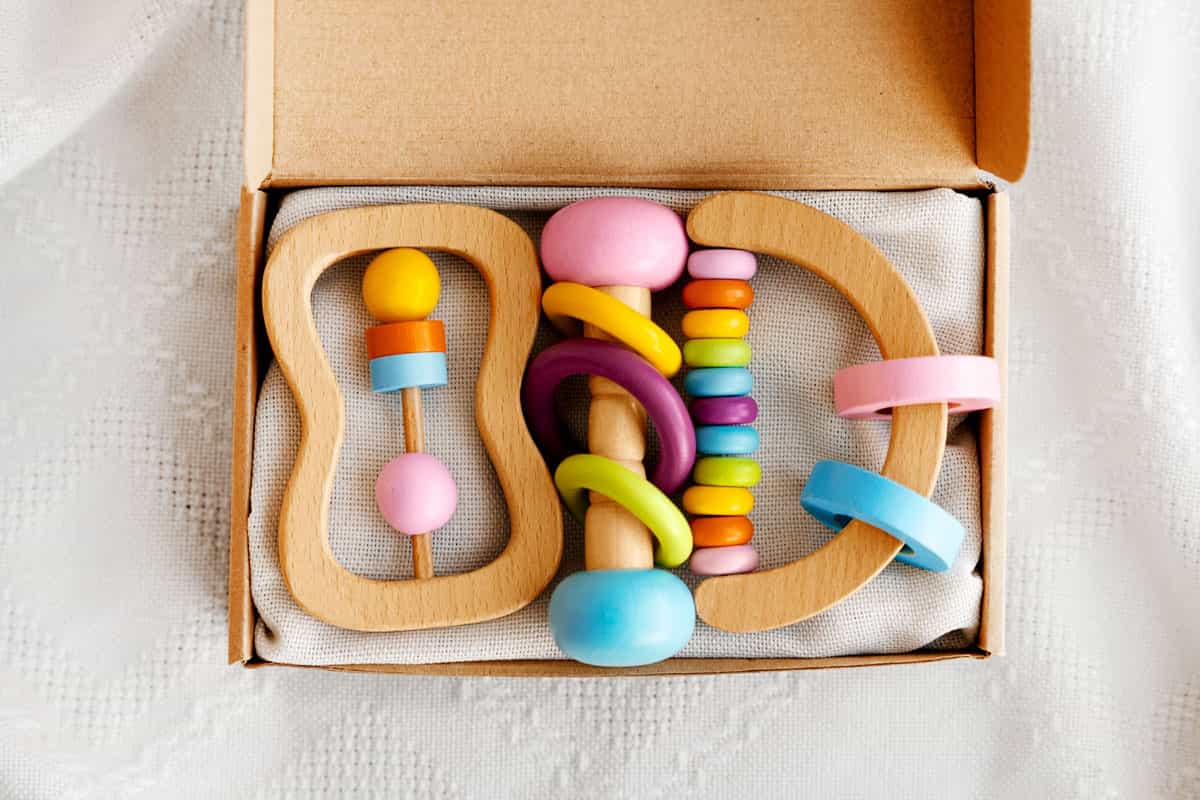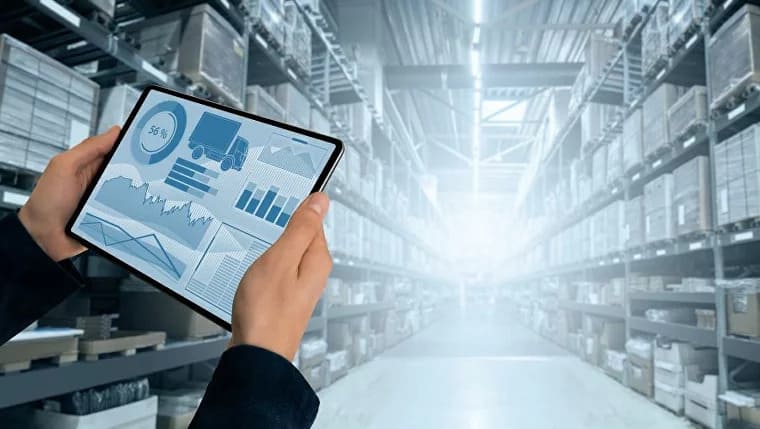
One of the most common questions we receive from our clients concerns the legal aspects of importing children's toys into the USA: how to properly prepare the products, what the import rules are, how the certificate is issued, etc. It is important to understand that the import goods into the USA is strictly regulated and requires compliance with a number of safety requirements. In particular, the presence of a Children's Product Certificate (CPC) is necessary.
To begin understanding this issue, it is necessary to define how much the product falls under the category of "toy". It is defined as a product intended for use by children under 12 years old. The U.S. Consumer Product Safety Commission highlights the following assessment factors:
This document specifically defines how children's products should be tested and what safety requirements they must meet.
This document is issued to the seller only after receiving a conclusion from a specialized laboratory where the product is tested for the content and concentration of potentially hazardous substances (lead, phthalates), as well as for strength and durability. The list of laboratories approved by CPC can be found at the following link: http://www.cpsc.gov/cgi-bin/labsearch/.
The CPC certificate must contain the following information:
Please note! Most often, children's toys are not subject to customs duties when imported into the USA. However, it is worth obtaining information in advance from your broker or forwarder about the duty rate on a specific product.
In addition to the certificate, the seller is required to have a tag (label) that is attached to the packaging or, if possible, to the product itself. The manufacturer or importer places the labeling on it. It must contain the following information:
Additional information that may be included on the labeling: completeness, rules and instructions for use, acceptable methods of hygienic treatment, warning labels, safety rules, etc.

